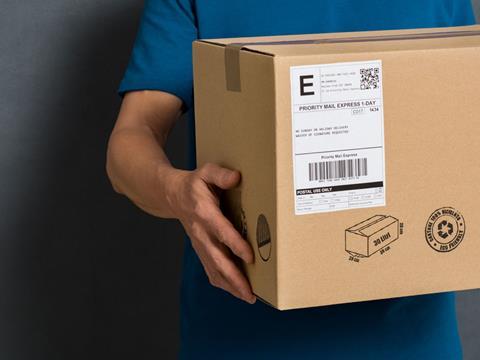
Ken Moir, VP Marketing, NiceLabel explains how software can help lessen the impact of product recalls from a labelling perspective.
SAP is fundamental to the way many of the world’s largest brands run their manufacturing warehousing and supply chain operations, and it is key for automated labelling to run seamlessly and efficiently within the SAP environment.
In the past, label production in SAP has often been a highly complex, IT-managed procedure, meaning that label changes have frequently taken weeks or even months to complete
Customers in the SAP world today typically use SAPscript, Smart Forms and Adobe Forms. But whether it’s hard coding label templates or involving technical resources in label design and change requests, these methods require significant involvement from IT. The complexity of this system leads to a longer labelling process and immediately puts a brake on agility, as it typically entails long and expensive delays.
It’s clear that modern business scenarios demand a more agile solution, both in terms of efficiency and speed.
Modern digitalised labelling solutions are specifically configured to enable businesses to make label changes faster. They are also aligned closely with the latest ERP systems, including SAP, to drive agility, accelerate the production process and reduce the burden on IT.
By the way, I say “reduce the burden” rather than “eliminate IT from the process altogether” because the extent to which IT will remain involved largely depends on the nature of the business itself. In some organisations, IT still wants to ‘own’ labelling, but also wants it to be easy and quick to deliver on a change request. In other organisations, IT - and senior management - want to relinquish the responsibility for labelling and instead let business users handle it themselves, in what could be termed “a self-service approach”.
The final decision will depend on business need, but what is important in all cases is that it is not mandatory for IT to get involved and, even more importantly, that changes are not complicated and do not require a great deal of time or effort to implement. That’s what modern labelling solutions can do – make the whole process simple and fast and take away the pain for every business that uses labels extensively.
Quickly addressing customer change requests
Customer label change requests are a good example of how reducing the hassle and administrative burden of changing labels can help businesses as they demand agility and speed of response. Even when a customer requests label changes without warning, the need for updated labels can compound the issue. This is a situation where the modern capability to make faster changes to labels can be key in reducing delay.
Label change requests are, however, just one example of the growing need for speed in labelling and how label technology is helping to meet it. In a raft of businesses across multiple vertical sectors, from pharmaceuticals to food and beverage, it’s key to get products to a destination as quickly as possible, especially when competitors are shipping at increasingly fast speeds.
Before digitalisation, organisations would have had to patiently wait for label design and changes. However, with a user-friendly labelling solution and a centralised database of label templates, information can now be found easily and efficiently, and labels can be printed quickly and accurately.

The quality dimension
The latest labelling solutions do not only add speed, they can also add quality control to the process. This is nothing new, of course – quality control has been part of the labelling processes for at least two decades. What’s different today though is that quality control is increasingly being digitalised – enabling organisations to achieve labelling efficiency and quality at the same time. That’s important. SAP customers typically come looking for a faster and easier way to make change requests. They don’t necessarily seek out digitalised quality control but achieving it is nonetheless a huge bonus and can bring them a range of benefits.
These include tighter management of headcount, and a significant reduction in paper-based quality control processes which in turn helps to reduce costs, errors and risk levels. Quality control can also help drive the speed of the labelling process, leading to faster shipping and fewer shipping delays.
Reaping the rewards
Thanks to the latest digital labelling solutions, organisations can use a fully-integrated document management system which gives them a centralised database of all label templates including complete print history, revision and approval workflows, and visibility regarding everyone who has accessed, changed and printed labels in their organisation. Businesses can digitise their entire quality assurance process and get all the documentation they need to perform quality control and audits. Going digital eliminates error-prone, paper-based quality control processes and reduces the costs and shipping delays associated with remediation. It is yet another example of how modernisation and digitalisation are enabling organisations that use labelling to build business advantage and drive competitive edge. At the end of the day, digitising the labelling quality control procedure helps further accelerate the speed of the overall process, ultimately providing yet another means by which SAP users can ship product faster.











